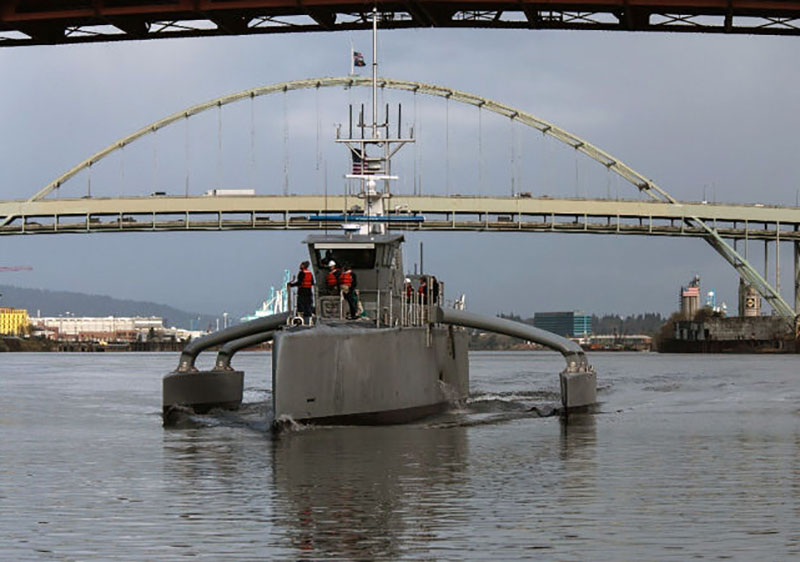It’s ironic that the aviation industry, which has traditionally taken its cue from maritime tradition, is now paving the way into the future for waterborne unmanned transportation.
With the recent implementation of Rule 107 (training and licensing of commercial drone operators) and previous relaxations of regulations governing the size and operation of drones, the Federal Aviation Administration is marching steadily into the future. Drone weight limits are now up to 55 lbs., and there is widespread speculation that the last major barrier to effective and practical operation, the line-of-sight restriction, may soon be relaxed or eliminated.
As a prospective drone pilot – my commercial pilot’s license qualifies me under Rule 107 – I’m looking forward to an exciting new career. After a lifetime of risking life and limb flying passengers, freight, crop dusting chemicals and even dead bodies around – all the while fighting fog, thunderstorms and hostile terrain – I like the idea of relaxing in an air-conditioned “cockpit” in some office complex, a mini-fridge at my elbow, while piloting drones over distant mountains in the sure knowledge that at the end of my shift I’ll be going home.
Certainly, the difficulties facing the marine industry in adjusting to unmanned vehicles pale in comparison to those facing the aviation industry. The Defense Advanced Research Projects Agency was tasked several years ago to develop a completely autonomous warship. The military christened that prototype autonomous vessel, the Sea Hunter, earlier this year. Even in the civilian sphere, technology has come a long way, and the melding of air, sea and land systems will soon bring us to the cusp of truly self-guided vessels.
Boats operate, essentially, in a two-dimensional universe, with only two-axis directional controls necessary. Except for inland waterways they generally operate free of overhead obstructions. The consequences of a power or control failure in a boat are much less than those in an aircraft. A boat with intrinsic floatation and stability can be brought to a safe stop even with total loss of power, whereas an aircraft aloft will be a constant danger to persons and things on the ground until it finally comes to rest.
The imminent introduction of “self-driving” cars is also pushing the limits of control and reliability. If this technology wins acceptance by regulatory agencies and insurance companies, then even the conservative marine industry will have to take notice. In terms of anti-collision technology, land technology is already leading the way. Cars are available on the mass market today with forward-looking proximity sensing and auto-stop capability, and cars usually travel much faster than watercraft. Although the weight penalty of an onboard operator of a watercraft is not as great, proportionally, as that for an aircraft pilot, there are other benefits to unmanned operation for any vehicle, including increased reliability and reduced human error.
Even now, the integration of autopilot, navigation, communication and ship-to-shore telemetry systems has already given the marine industry an inherent edge in unmanned guidance technology. A vessel with a sophisticated dynamic positioning system today has the raw capability for unmanned operation that may far exceed what's currently available to air and land vehicles. However, the greatest impediments to full development of unmanned vessel guidance — acceptance and implementation — may prove more difficult to overcome.




